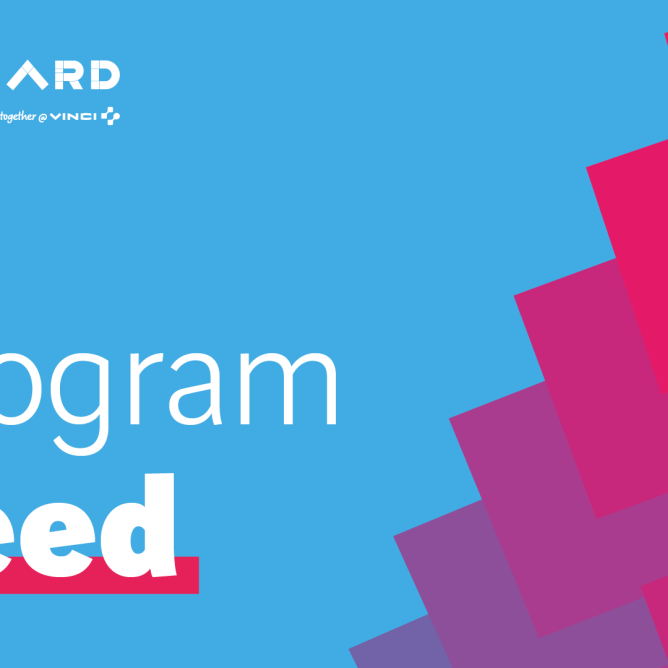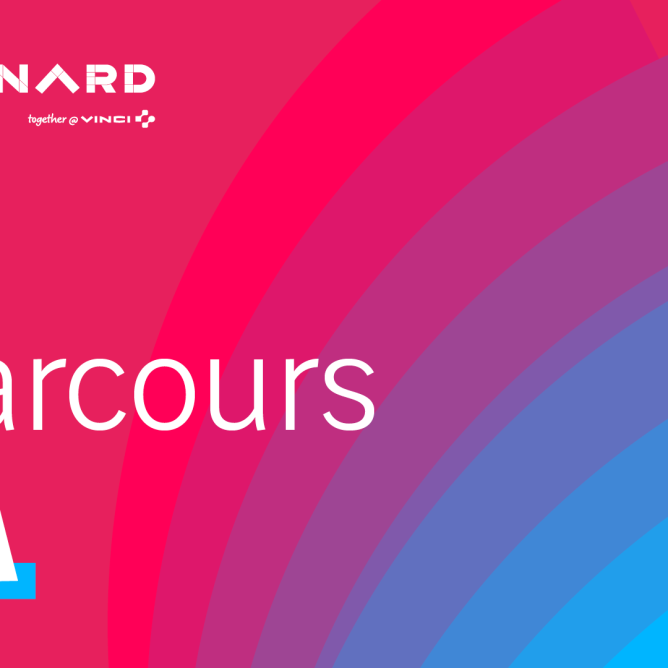The renovation of historic monuments is a very special field within the construction industry as it requires the identical reproduction of everything that has been done previously. Each stone is considered as a unique element that needs to be identified, diagnosed and, if needed, replaced. The work supervisor then needs to weekly track the condition of each stone from carving to placing. He also needs to provide to stone carvers the way to carve each stone. As a result, historic monument projects take a long time to complete, particularly because of the demanded meticulous preparation.
Digital twins have naturally found their place in this sector. The digital twin, which is the 3-dimensional digital model of a building, not only keeps records of the buildings, but also offers a different experience for visitors (physical or online). This phenomenon, after a timid start, is now in full expansion thank to technologies simplifying their realization. Photogrammetry allow to combining multiple camera shots to reconstruct a scaled image of the monument. Alternatively, 3D scanning technologies make it possible to create point clouds-based models with a precision up to a millimeter [2]. The most well-known and striking example of this is the model of Notre-Dame. The model is currently being created in parallel with the renovations (following the 2019 fire) in order to gather all available knowledge of the original structure [3].
Conscious of the potential behind these technologies, VINCI through its brand Sixense has founded the Scanlab, a center of expertise regarding scanning technologies which offer its clients the possibility of acquiring high-precision 3D and photogrammetric measurements [4]. Sixense also carries out other similar projects based on image analysis, for example allowing to automatically detect cracks and therefore the answering needs for renovations on concrete structures.
Always on the lookout for innovations, Pateu et Robert and Comte, assisted by Leonard, had the idea of exploiting these new technologies for site preparation. Computer vision and deeplearning technologies are leveraged to automatically translate façade photographs in a technical layout plan. This solution, by shrinking the time required to measure each stone on site and creating the plan, allows to shorten the intervention period and the scaffolding time. Results have been proofed on some façade types and further developments are underway to extend the field of application. The solution offers an operational advantage to Pateu et Robert and Comte while reducing the frustration every tourist has faced once in his life of visiting a city and discovering that one of its masterpieces is under restoration.
This article is part of a series involving the participants of the AI program by Leonard. The program has been specifically designed to accelerate the adoption of IA technologies within the group VINCI. It consists in a five-month incubation period where selected VINCI collaborators follow a learn by doing process where they codevelop an AI-based use case under the coaching and mentoring of the Leonard Team and Eleven consultants.
Sources
- https://www.culture.gouv.fr/Sites-thematiques/Monuments-historiques/Presentation/Les-monuments-historiques
- https://numerisation3d.construction/lidar-et-scanner-laser-3d/?v=11aedd0e4327
- https://news.cnrs.fr/articles/a-digital-twin-for-notre-dame
- https://www.sixense-group.com/offre/sixense-digitalisation/


